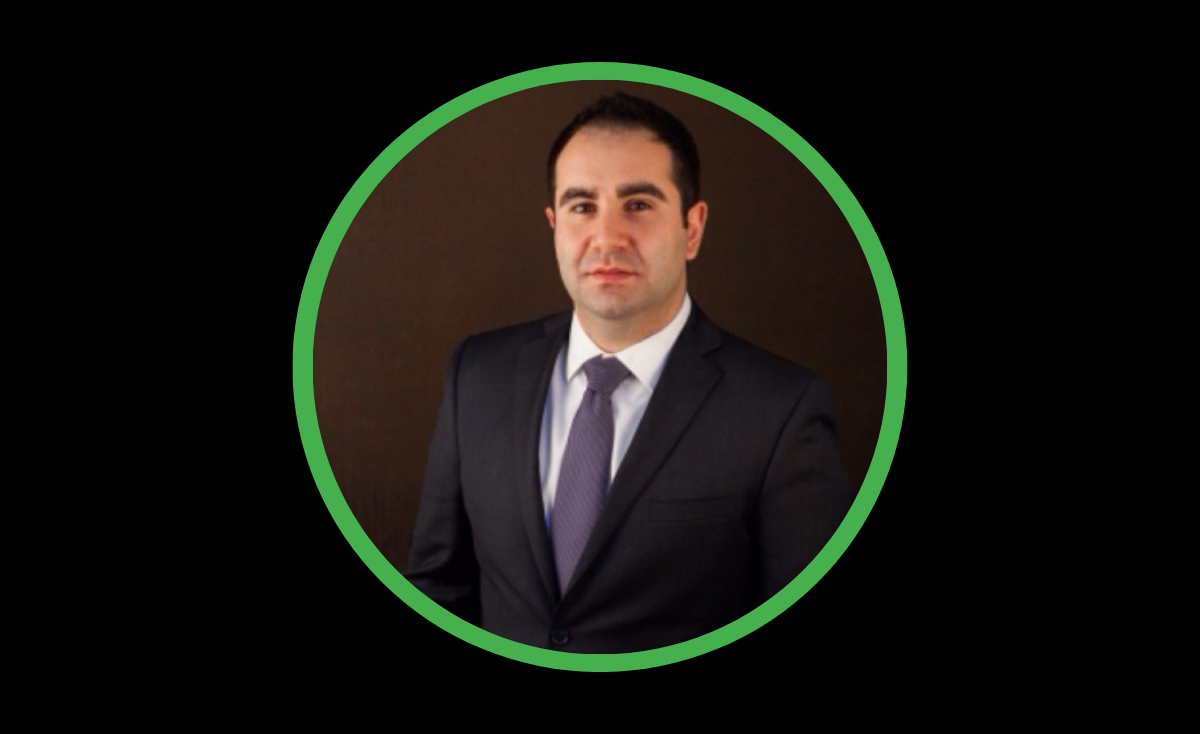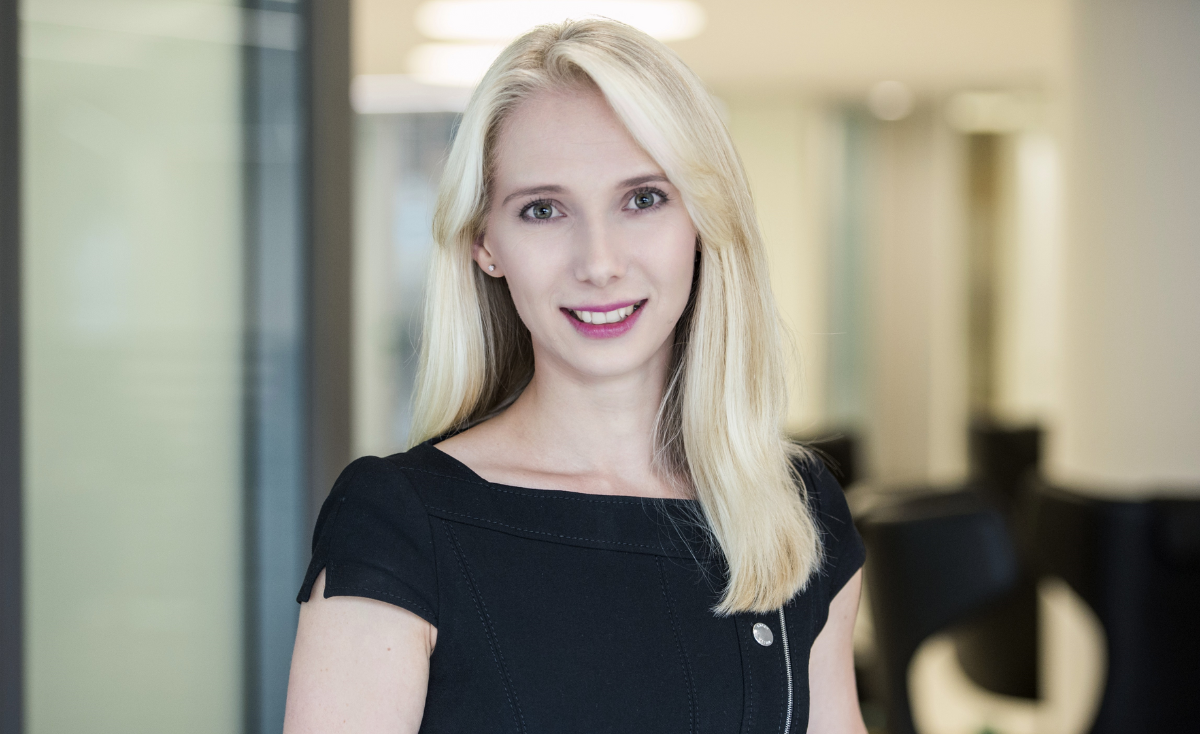 Arthur Melkonian, Chief Operating Officer, Equinox Partners.
Arthur Melkonian, Chief Operating Officer, Equinox Partners.
What are some of the biggest organisational changes asset management firms need to make before considering expansion, and how can they stay relevant in the coming years and successfully implement evolving client and stakeholder needs?
These questions were posed to panellists, including Arthur Melkonian, Chief Operating Officer at Equinox Partners, during a recent Clear Path Analysis webinar in conjunction with SS&C. The discussion covered the topic of “What are the major barriers to business expansion, why do they persist, and what tactics are available? Exploring experiences in operations, finance, and technology”. The transcript has been published as a report and features insights from other senior leaders at organisations including Great Lakes Advisors.
"One detrimental factor is that things grow faster than what most of us are accustomed to, and we see people trying to pull the reins and not let things grow too quickly.”
During the debate, the panellists focused on the issues around expanding businesses in a way that gave operations teams room to manoeuvre as change occurred – especially around technology and finance management.
The panellists all said they felt that things need to be looked at holistically. Melkonian also said it was important to take into consideration the over-reliance on outsourced or subscription-based models, which may not have moved in scope with the business.
“One detrimental factor is that things grow faster than what most of us are accustomed to, and we see people trying to pull the reins and not let things grow too quickly,” said Melkonian. “With the advent of different software-as-a-service (SAAS) and off-the-shelf offerings, things can get complicated or out of hand – and you can then end up with SAAS exhaustion.”
SAAS exhaustion has been growing for years as the subscription-style model can cause headaches in some instances. A 2022 article from TechCrunch said this was exacerbated by the pandemic, which caused many firms to change their IT practices. “In the heat of the moment, many companies focused on the immediate challenges that SaaS could solve without truly understanding how this digital transformation would impact how they find, buy and manage their tech stack over the long term,” said the article.
"SAAS can be a great solution. I’m a big proponent of it, and you can get scale quickly when you buy something you can deploy right off the shelf.”
Melkonian said there were versions of this fatigue that had affected the industry and led to some less-than-ideal situations. “This [SAAS contracts] means you would end up paying someone to sell you back your information, which is exactly what SAAS is,” he said. “Of course, in certain cases, SAAS can be a great solution. I’m a big proponent of it, and you can get scale quickly when you buy something you can deploy right off the shelf.”
There were a few key questions that surfaced when thinking about growth – and what Chief Operating Officers should be looking at when considering business expansion and where they needed to make cuts to better deploy resources.
For Melkonian, this was achieved by asking the following questions:
1) Do we want to grow?
2) How fast do we want to grow?
3) Can we afford this type of growth?
4) Are we buying software or services or are we hiring people?
“It’s critical to conduct an internal gap analysis before moving forward,” he said.
Focusing on change management
One of the key factors that participants stressed was that without top-down promotion and sponsorship, none of these strategies would work.
“You really need buy-in from the top down,” Melkonian said. “What I have found is that depending on what the changes are and which department they will affect, the best solution is to embed ambassadorship.”
‘Ambassadorship’ can be defined, according to tech company InsideBoard, as “an employee who supports the transformation, helps drive it forward, and has influence over their peers”.
“This final point is crucial,” said the organisation, “as without influence, an employee acts as an ally, but is not an ambassador. An ambassador’s role is to lead the community towards supporting the project.” The analysis concluded that an ambassador needed to “understand its short-, medium- and long-term objectives.”
However, many in the business world are split on top-down approaches. A Harvard University report on why change management strategies fail from 2022 warned against this as “leaders are aware that change is extremely complex and that a heavy-handed, top-down approach is rarely successful.” Others said that it created a feeling that change was “imposed”.
“Since top-down decisions begin with your business goals, you can start with big objectives for your company."
But there are still many who believe in this approach. They feel that coming from the top down will give employees the authority to clear their schedules to complete tasks that facilitate change without undue time pressures.
“Since top-down decisions begin with your business goals, you can start with big objectives for your company,” said a report from Indeed that weighed the benefits of both top-down and bottom-up approaches. “The rest of the decision-making process can then help you determine the specific ways your company can reach its biggest goals.”
Melkonian suggested that moving higher up on the chain to find someone with the requisite standing in the organisation to be a leader can be helpful. “If you can find someone who has a little more buy-in – who has clout within the organisation – they can push the effort and help you campaign the new change you’re trying to champion. This gets you free leverage,” he said.
You can see more of Arthur’s thoughts and read the report in full, by clicking here.
Please Sign In or Register to leave a Comment.
SUBSCRIBE
Get the recent popular stories straight into your inbox







